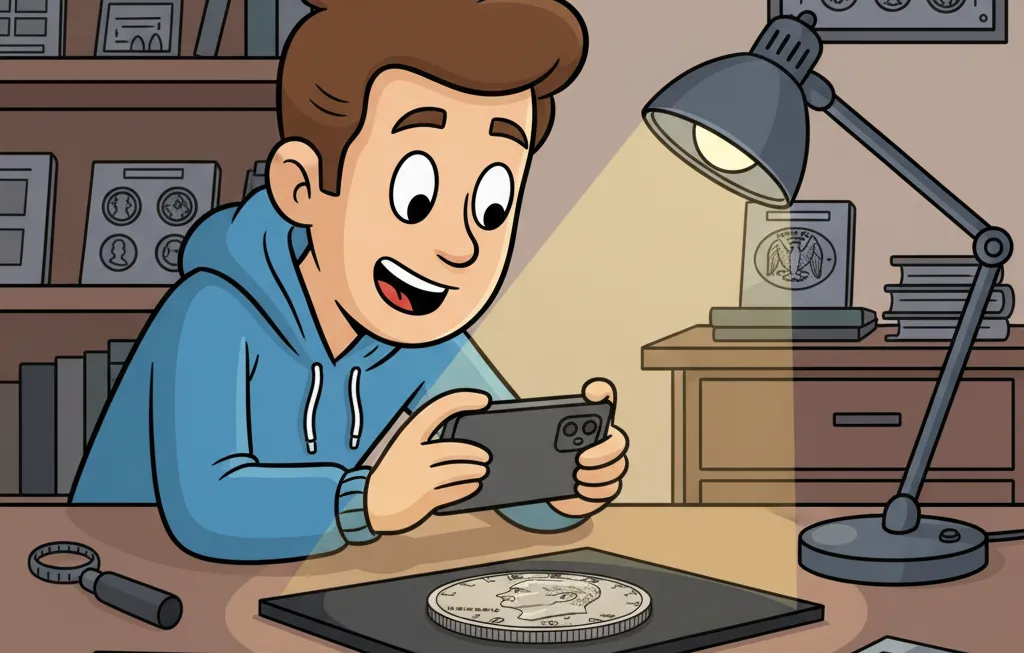Introduction to Ancient Coins and Their Significance
Imagine holding a piece of history right in your hand—a coin that’s traveled through centuries, exchanging hands with merchants, generals, and everyday citizens of ancient empires. Ancient coins are small but powerful storytellers, offering glimpses into the art, economy, and culture of the past. These treasures don’t just belong in dusty museums; they bring history alive in a way textbooks never can.
Why Ancient Coins Matter in Our Modern World
Every ancient coin is a tiny time capsule. Some were minted to celebrate victories, like the triumphs of Alexander the Great, while others honored rulers such as Julius Caesar. They bear symbols of power, faith, and community—whether it’s an emperor’s portrait, a sacred temple, or mythological creatures like Pegasus.
- A bronze drachma might tell the story of ancient commerce, minted to pay soldiers or fund shipbuilding in Greece.
- A Roman denarius could show the evolution of political propaganda, with vivid details of imperial ambitions etched into its surface.
The Personal Connection You Can Feel
Think about this: a tiny silver coin may have once paid for bread at a bustling marketplace, or glittered in a satchel carried across the Silk Road. Holding one is like touching another person’s life from thousands of years ago. These aren’t just artifacts—they’re bridges to eras long gone, whispering the secrets of forgotten worlds. Can you imagine what stories these coins might tell you?
The History and Origins of Ancient Coins
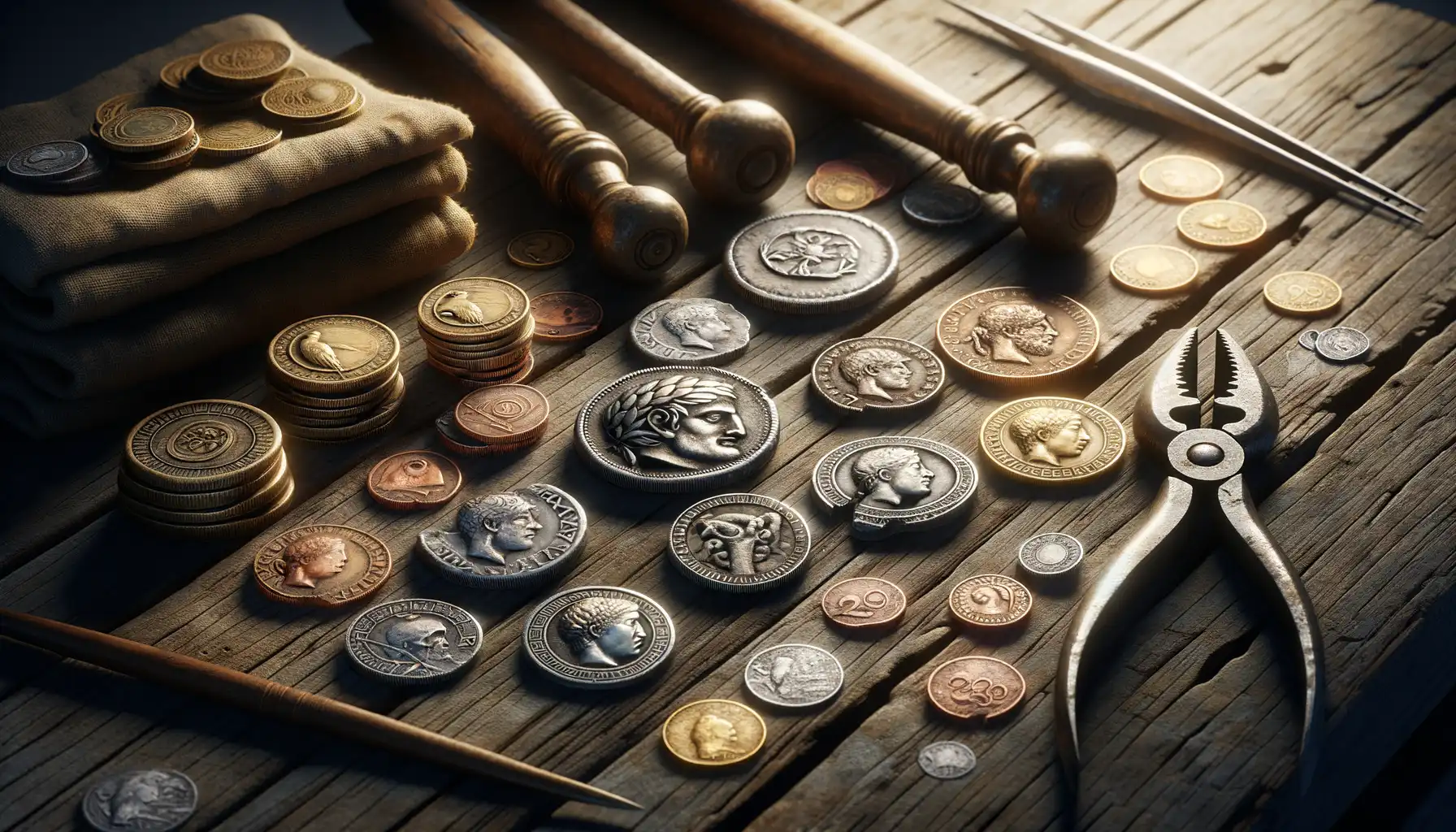
Where It All Began: The Birth of Coins
Can you imagine a world without money? It’s hard to wrap our heads around, isn’t it? Yet, there was a time when trade happened through barter—exchanging livestock or grains for tools and cloth. But mankind craved something more practical, something portable and universally understood. Enter the first ancient coins.
The earliest known coins were struck in the 7th century BCE in the kingdom of Lydia, located in what is now Turkey. Made from a gold-silver alloy called electrum, these coins weren’t just tools of trade; they were revolutionary symbols of trust. Close your eyes and picture merchants weighing clunky lumps of metal before trading. Now imagine the “aha!” moment when someone handed over a shiny stamped coin, its value unmistakably clear.
- Lydian coins: Often engraved with lions, a nod to power and majesty.
- Chinese Spade Coins: Shaped like farming tools, connecting money to labor and land.
Empires soon caught on. From the Roman denarii to the Greek drachma, coins evolved into dazzling works of art that encapsulated entire cultures. Each coin, a tiny time capsule whispered stories of kings, gods, and empires long gone. Have you ever held one in your hand? It feels like touching history itself.
Key Features and Symbolism of Ancient Coins
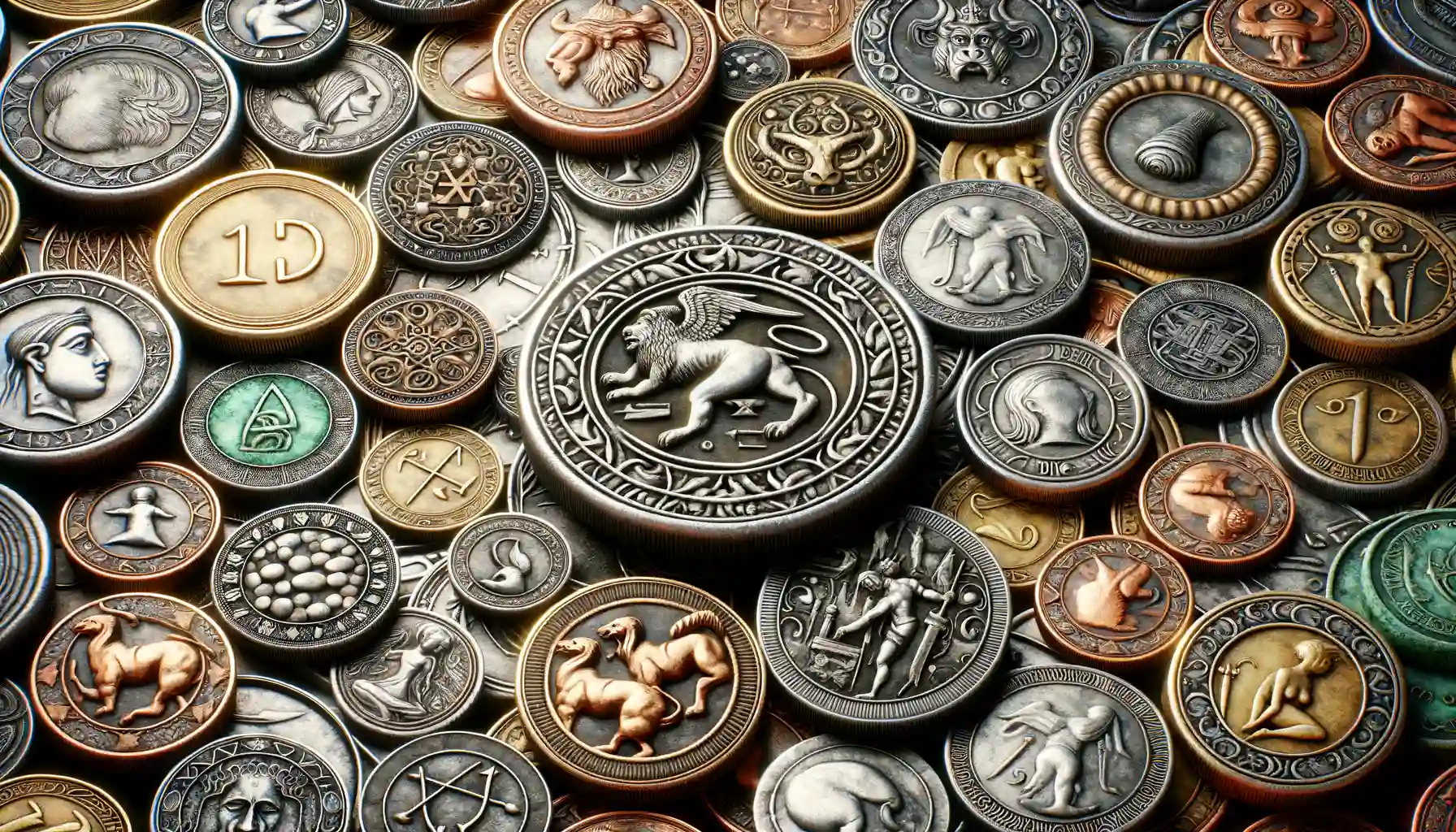
Unlocking the Stories Engraved on Ancient Coins
Holding an ancient coin is like grasping a tangible piece of history. Each scratch, each engraving whispers a tale from a distant era. What makes these coins so captivating are their distinctive features and the layers of symbolism they carry.
Picture this: the face of a fierce lion roaring on one side, while the other reveals a leafy olive branch. These ancient designs weren’t just decorative—they were a nation’s identity cast in metal. Rulers proclaimed their power through profiles etched in silver, while mythological beings immortalized gods’ protection over their lands. Every stroke of a chisel told a story of pride, victory, or aspiration.
- Inscriptions: Often written in ancient scripts, these reveal rulers’ names or even historic events.
- Edge designs: Some coins had intricate borders, like weaving patterns symbolizing unity or eternity.
Picking up a Roman denarius or a Greek drachma feels almost electric. You see not just a currency but a conversation piece rich with symbolism—something that brings our ancestors’ dreams and struggles vividly to life.
Collecting and Investing in Ancient Coins
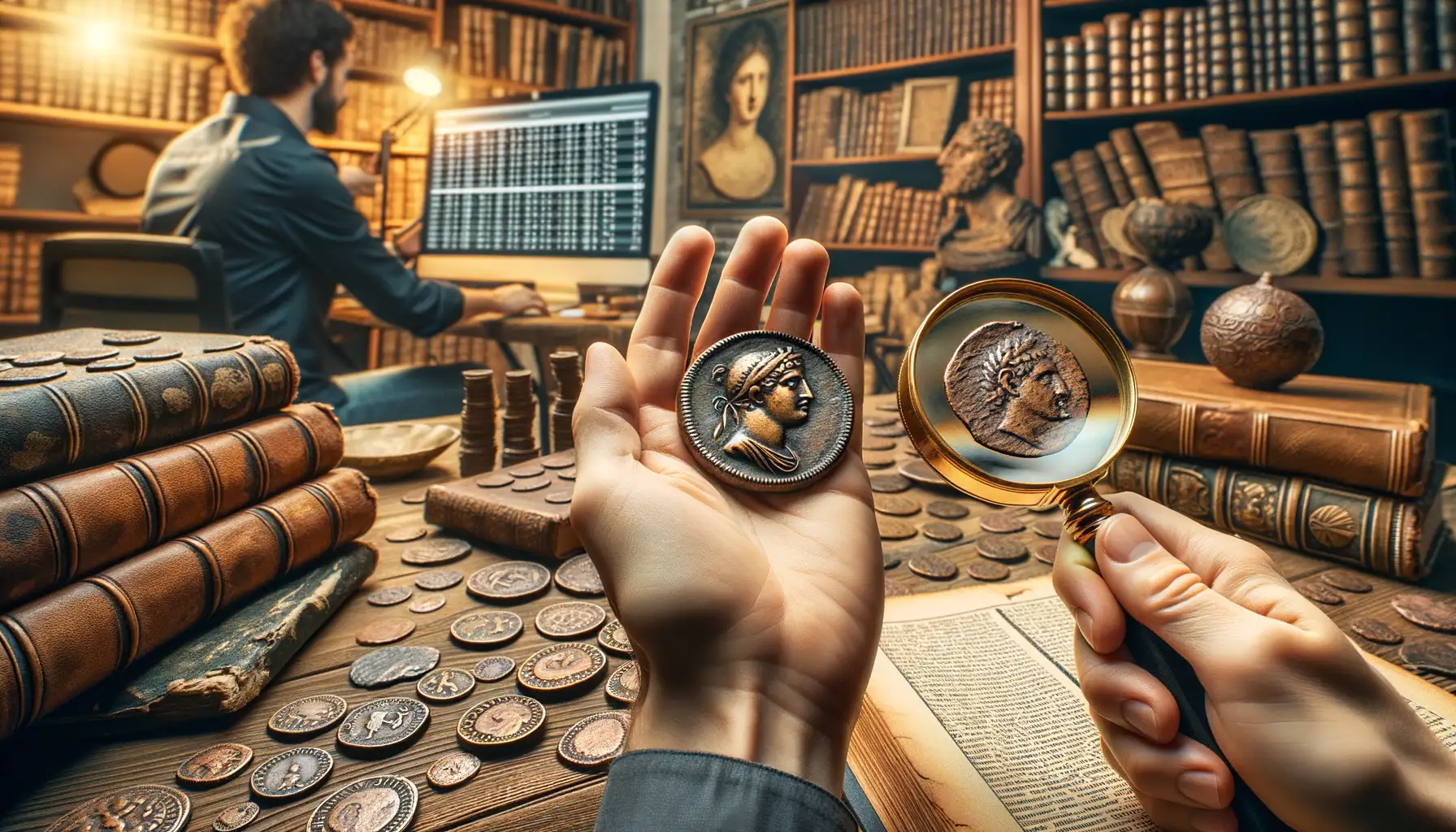
Why Ancient Coin Collecting is an Adventure Like No Other
Imagine holding a piece of history in your hand—the cool, slightly worn texture of a coin that once passed through the hands of an ancient merchant, soldier, or emperor. The thrill of collecting these artifacts goes beyond aesthetics; it’s about storytelling. Each coin is a tiny time capsule that whispers secrets of forgotten empires.
Collecting ancient coins isn’t just a hobby; it’s a dance between history and strategy. Beyond their historical charm, many ancient coins are solid investments. Some collectors discover unexpected treasures in a bulk lot, only to realize they’ve got rare silver drachms or gold aurei worth thousands. It’s a little like treasure hunting, isn’t it?
Curious about starting? Here’s what to consider:
- Scarcity: Rarer coins often hold their value better.
- Condition: Coins with crisp details can shine brighter for both collectors and investors.
- Authenticity: Protect yourself—seek advice from trusted numismatists or buy certified pieces.
Collectors often say this journey feels personal, almost spiritual. After all, you’re not just gathering coins; you’re curating fragments of human civilization. Each find is both a keepsake and a key to another age—what other hobby lets you do that?
Preservation and Care for Ancient Coins
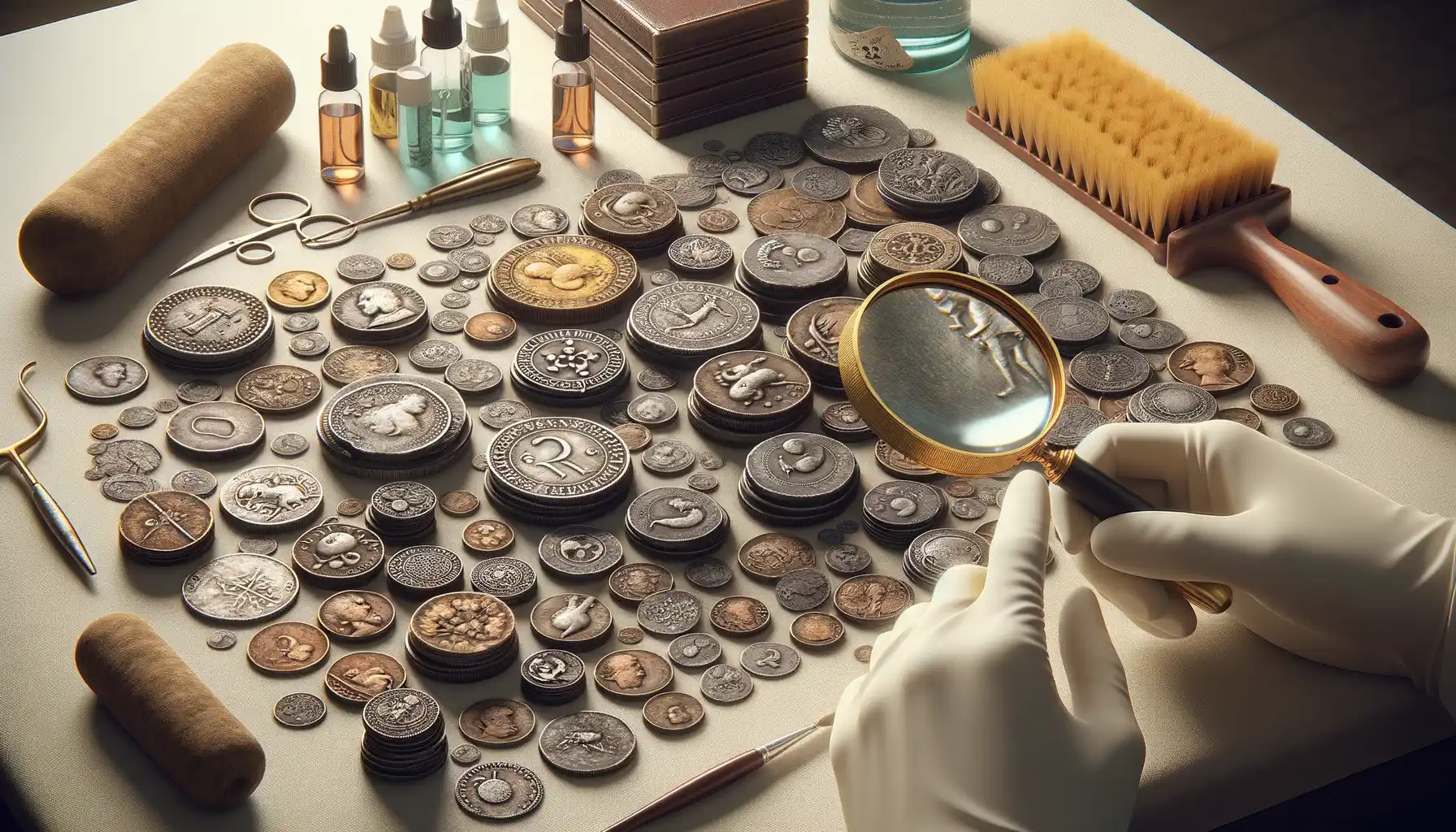
Keeping Ancient Coins as Timeless Treasures
Preserving ancient coins is more than a task—it’s an act of devotion to history itself. Imagine holding a piece of the Roman Empire or an artifact from the Han Dynasty in your hands. These small, metallic wonders have survived centuries of battles, trade, and triumphs. But their journey doesn’t end here. They depend on you to protect them for generations to come.
Let’s start with the basics: storage matters. Coins dislike extremes, so avoid damp basements or overheated attics. A dry, climate-stable environment is their happy place. Use coin folders or acid-free sleeves to keep them cozy and free from scratches. Want to go the extra mile? Invest in a proper coin cabinet.
Cleaning ancient coins? Proceed with caution! While the impulse may be to restore their shine, scrubbing away “dirt” could erase centuries-old patina—a key part of their identity and value. Instead:
- Gently rinse with lukewarm distilled water.
- If necessary, consult a professional numismatist for stubborn grime.
Above all, treat every coin as if it’s whispering secrets from another era. Because, in truth, it is.


